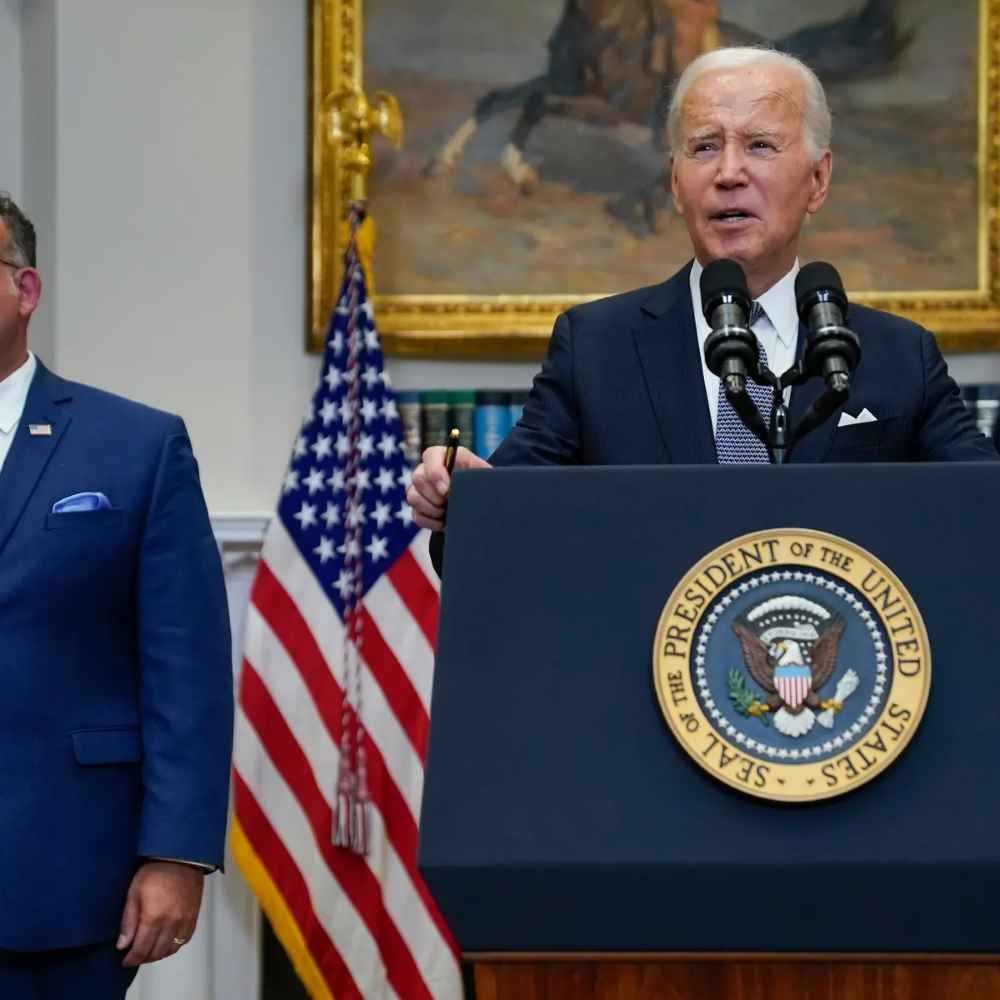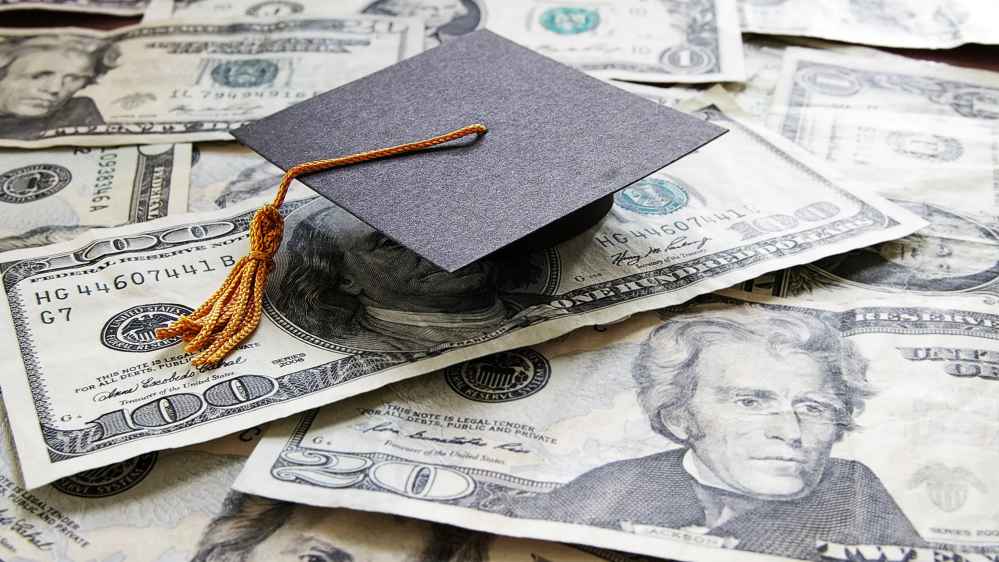This innovative income-driven repayment plan, touted as the most accommodating to date, aims to ease the financial burden on students by implementing two significant modifications compared to existing income-driven repayment (IDR) plans.

The new SAVE Plan is set to revolutionize the landscape of student loan payment by providing substantial relief to borrowers
Firstly, the SAVE Plan will dramatically lower the maximum mandatory student loan payment for undergraduate student loans to a mere 5% of the borrower’s discretionary income. This marks a remarkable departure from the 10% threshold in most existing IDR plans. Graduate school loans will still require student loan payments equivalent to 10% of discretionary income, but those with both undergraduate and graduate loans will see their payments calculated as a weighted average between 5% and 10%.
Secondly, the SAVE Plan redefines the definition of discretionary income, raising it from the previous 150% of the federal poverty level to a more generous 225%. This means that a larger portion of a borrower’s income is considered non-discretionary, further reducing the amount they are obligated to pay.
To put it simply, the SAVE Plan slashes the portion of your income used for calculating student loan payments and decreases the percentage of that income that can be required for payment. Under this new plan, students who fall below 225% of the federal poverty level threshold, as specified for different family sizes, will not be obligated to make any student loan payments.
However, it’s essential to keep a few caveats in mind. Automatic enrollment in the SAVE Plan is exclusively for those previously enrolled in the REPAYE income-driven plan, which SAVE replaces.
If you were on any other repayment plan or are entering repayment for the first time, you must apply for the SAVE Plan through the Department of Education’s website
Additionally, while some provisions of the SAVE Plan, such as the change in discretionary income, will take effect immediately, others, like the reduction from 10% to 5% of discretionary income for undergraduate loans, will not be implemented until July 2024.
Lastly, even if you secure a $0 monthly payment in 2024, this doesn’t guarantee a permanent payment waiver. The Department of Education will recertify your enrollment annually using your tax return information, and your student loan payments may adjust if your income rises.
In summary, the SAVE Plan promises substantial relief for most borrowers, with the potential for higher loan forgiveness amounts down the line. Lowering immediate financial burdens and offering the possibility of more significant loan forgiveness, it’s a game-changer for students grappling with the weight of student loans.
READ ALSO: Janani Ramachandran Leads Discussion On Wildfire Insurance Challenges In California




